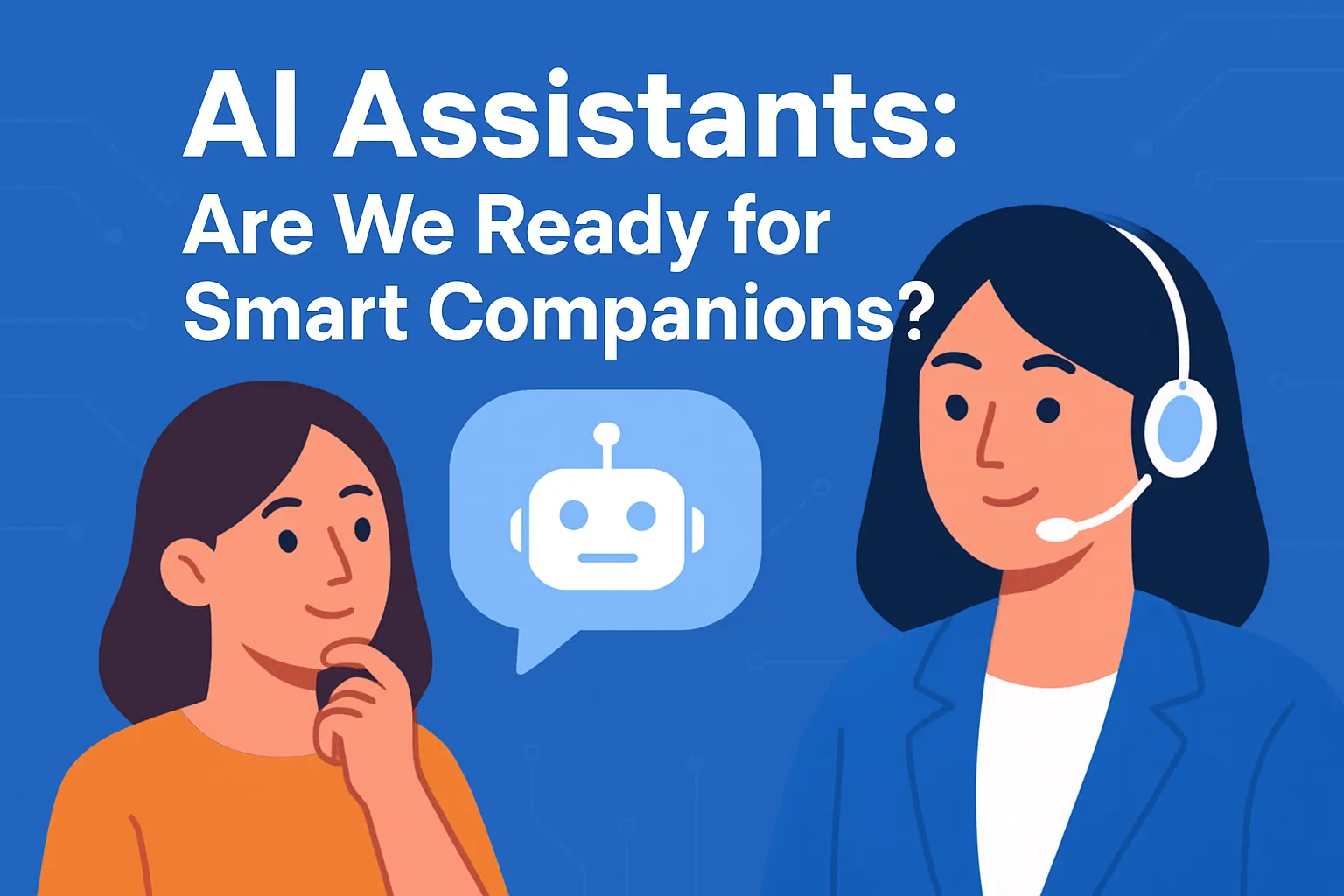
Table of Contents
- Introduction to AI in Finance
- What is Artificial Intelligence in Financial Services?
- Future Role of Machine Learning in Finance
- Machine Learning in Finance for Risk Management
- Financial AI in Smart Investing
- Benefits of AI-Powered Finance
- Challenges & Risks of AI Adoption
- FAQs on AI in Finance
- Conclusion: The Future of AI-Powered Finance
Introduction to AI in Finance
AI in Finance is transforming the financial sector by driving smarter decision-making, strengthening risk management, Virtual Assistants, Intelligent Digital Helpers, and unlocking profitable investment opportunities. As part of Artificial Intelligence in Financial Services, banks, businesses, and investors are increasingly adopting advanced algorithms and Machine Learning in Finance to enhance efficiency, reduce risks, and foster innovation. Consequently, this growing shift toward Financial AI and AI-powered finance solutions is enabling faster data-driven insights, personalized services, and improved fraud detection. By 2030, AI-driven technologies are poised to redefine financial systems, delivering greater security, accessibility, and tailored investment strategies for individuals and institutions alike.
Learn more about scalable AI solutions at AI in Finance trends.
What is Artificial Intelligence in Financial Services?
AI in Finance, often referred to as Artificial Intelligence in Financial Services, involves the application of machine learning, natural language processing, and automation to process vast financial datasets. It delivers insights, predictions, and solutions beyond human capabilities, impacting areas like fraud detection, investment advice, and risk assessment.
Future Role of Machine Learning in Finance
By 2030, over 70% of banks and fintech firms are projected to integrate with AI Assistants. AI in Finance tools, according to industry insights. Consequently, this adoption will streamline operations and offer tailored financial solutions, focusing on:
- Risk detection and fraud prevention
- AI Assistants
- Automated trading and investment management
- AI-driven customer support (chatbots, virtual assistants)
- Predictive analytics for market trends
For more on AI advancements, explore McKinsey’s AI Insights.
Machine Learning in Finance for Risk Management
Predictive Risk Analytics with AI in Finance
Machine Learning in Finance models analyze extensive datasets to identify financial risk patterns, forecasting market downturns, credit defaults, and liquidity risks far earlier than traditional methods.
Fraud Detection & Cybersecurity in Financial AI
AI in Finance systems monitor millions of transactions in real-time, instantly flagging suspicious activities. This proactive approach strengthens cybersecurity and builds customer trust.
Credit Scoring & Loan Risk Assessment with AI-Powered Finance
Financial AI enhances traditional credit scoring by incorporating alternative data like spending habits and online activity, enabling fairer and more accurate lending decisions.
Financial AI in Smart Investing
AI-Powered Helpers can help in Investing
Robo-Advisors & Automated Trading with AI-Powered Finance
AI-powered finance robo-advisors provide tailored investment advice based on risk tolerance and goals. Automated trading platforms execute trades at lightning speed, often outperforming human traders.
Personalized Investment Portfolios Using AI in Finance
AI in Finance crafts customized portfolios by analyzing investor behavior, income, and market data, making investing more accessible and profitable for all.
AI-Powered Market Predictions with Machine Learning in Finance
Machine Learning in Finance algorithms scan global news, stock market data, and social media sentiment to predict market trends, empowering investors with data-driven insights.
Benefits of AI-Powered Finance
- Accuracy: Reduces human error in financial analysis with AI in Finance.
- Efficiency: Automates repetitive tasks, cutting costs.
- Security: Enhances fraud prevention and cybersecurity.
- Accessibility: Democratizes financial advice for retail investors.
- Profitability: Uncovers hidden investment opportunities.
- Intelligent Digital Helpers
Learn about scalable AI solutions at NIST’s Cloud Computing Guide.
Challenges & Risks of AI Adoption in Finance
- Data Privacy: Ensuring secure handling of sensitive financial data in AI in Finance.
- Algorithmic Bias: Preventing unfair decisions from biased models.
- High Costs: Smaller firms may face barriers to AI adoption.
- Regulatory Uncertainty: Evolving AI regulations pose compliance challenges.
FAQs on AI in Finance
How is AI used in financial risk management?
AI in Finance predicts risks, detects fraud, and assesses creditworthiness using advanced data analysis.
Can AI improve investing strategies?
Yes, AI-powered finance personalizes portfolios, analyzes markets, and executes trades for better returns.
What are the biggest risks of using AI in finance?
Data security, algorithmic bias, and regulatory uncertainty are primary concerns in AI in Finance.
Is AI replacing financial advisors?
Financial AI complements advisors, with hybrid models (AI + human expertise) delivering optimal results.
What will be the role and impact of AI in the financial sector by 2030?
Artificial Intelligence in Financial Services will lead in risk management, fraud detection, and investment strategies, driving efficiency and innovation.
Conclusion: The Future of AI-Powered Finance
The future of AI in Finance promises transformative opportunities. From advanced risk management to intelligent investing, Artificial Intelligence in Financial Services is reshaping financial institutions and empowering individual investors. Despite challenges like data privacy and regulatory hurdles, Machine Learning in Finance’s ability to analyze data, predict trends, and enhance decision-making positions it as a cornerstone of finance by 2030. Consequently, responsible adoption will unlock safer, smarter, and more profitable financial systems.


